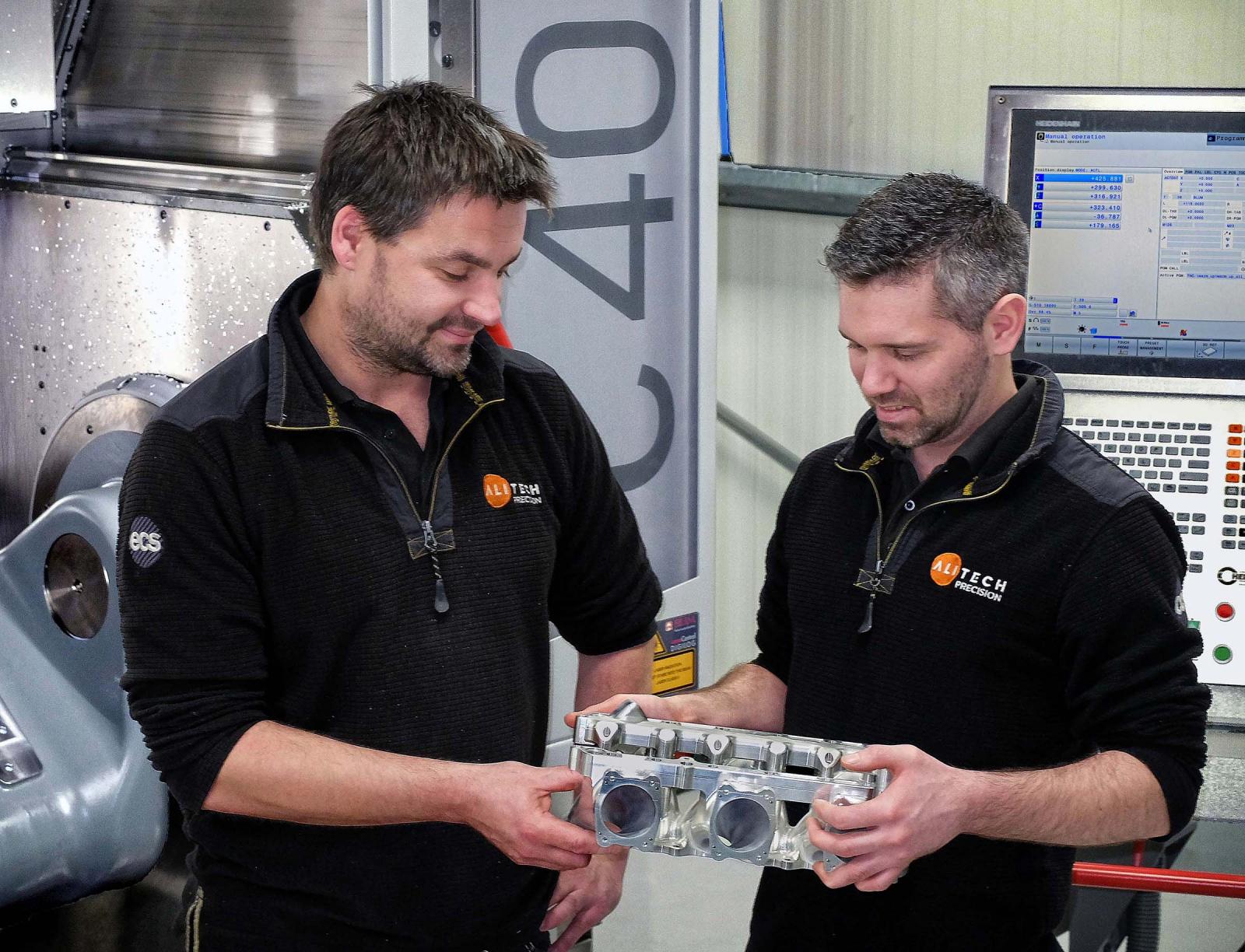
A new 5-axis machining centre at Alitech Precision is allowing it to machine steel moulds for F1 carbon fibre composite to micron accuracies.
The C 400 Hermle vertical machining centre, supplied by Kingsbury, build on the benefits that Alitech gained following its first move into 5-axis machining two years ago.
Before installing the new machine, Alitech had been running short of capacity, despite operating 24/5 and at weekends. It had also progressed from producing mainly prototypes and limited batches of components to larger runs of typically 20-off complex parts such as race car uprights, which meant that work was queueing for up to one month - an unacceptably long lead-time in this sector.
Formula One teams were also asking for the subcontractor to supply an increasing number of aluminium moulds for making carbon fibre components for race cars. The first 5-axis machine struggled to hold a tolerance better than ± 50 µm, so as much as five hours of manual finishing and polishing were needed on every mould to remove witness marks left by milling cutter stepovers.
Mr Cudd said, "Hand finishing has been reduced to about one hour per mould since the Hermle C 400 took over their production, as the temperature-compensated machine is able to hold ± 4 µm. It saves a lot of manufacturing cost.
"Dimensional tolerance is fairly open at ± 0.1 mm, which is easy to hold. However, with our other 5-axis machine, the variation introduced by five hours of manual blending of steps between the final milling cutter passes risked using up the accuracy held during machining, sending the mould out of tolerance.
"On the Hermle the problem does not occur, as the stepovers are barely discernible, so there is little to polish out before achieving the surface finish that our customers require."
After the race season, the Hermle will be deployed onto 5-axis machining of precision components within its 850 mm x 700 mm x 500 mm working volume. One such part already produced is an inlet manifold for a track car that was machined in two operations on the C 400 rather than the eight previously needed on a 3-axis VMC, which took far longer and required expensive fixtures for setting the component at different angles.
Another complex part cost-effectively manufactured on the latest 5-axis centre was a billet dry sump that was designed and programmed in-house in SolidWorks and hyperMILL by head of CNC, Charlie Watts.
He commented, "The inherent accuracy of the Hermle allows us to easily hold much tighter tolerances than on the other 5-axis machine. For example, we interpolated 125 mm diameter bores recently to within ± 6 µm, whereas previously we would not have been able to get close to this tolerance and the accuracy achieved in the afternoon would have been different from that in the morning."
The new machine was ordered with a 50-position magazine to increase the HSK-A63 tool capacity to 88 and an 18,000 rpm spindle to maximise aluminium machining efficiency, as this material is almost exclusive processed in the Silverstone factory.
Photo: Darren Cudd (left), managing director of Alitech Precision with Charlie Watts, head of programming, in front of the Hermle C 400. They are holding the inlet manifold for a track car that previously required eight operations on a 3-axis VMC but is now produced in two on the Hermle C 400
BACK TO ENGINEERING CAPACITY NEWS PAGE